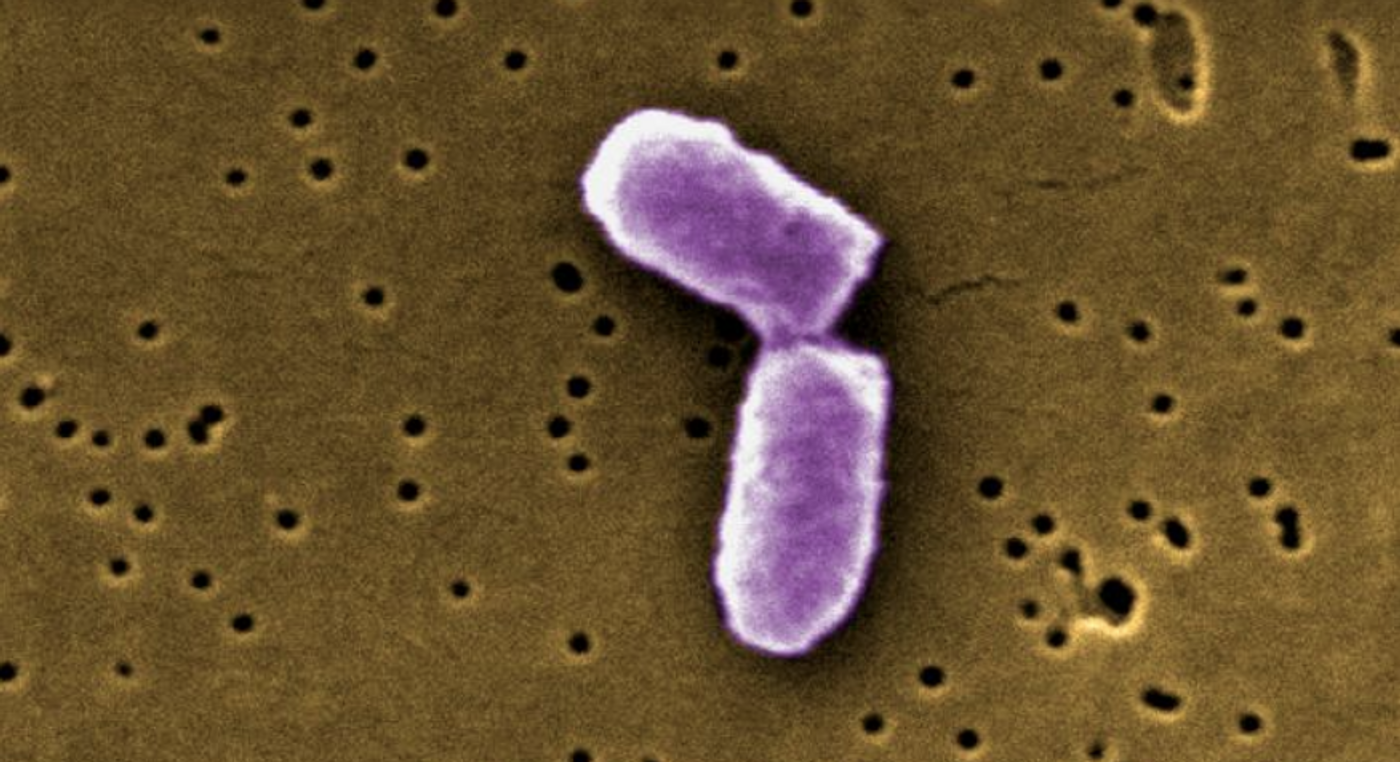Researchers Alter How Bacteria Communicate
The bacterium Escherichia coli comes in many forms, and researchers have used a harmless strain of it to redesign how the microbes 'communicate' with one another. They did so by creating a genetic circuit that could be useful to synthetic biologists who want to use bacteria to generate molecules that are useful as drugs or valuable compounds, or as sensors of environmental conditions. The work has been reported in Nature Communications.
In nature, bacteria commonly live in a colony, and the members of that population can communicate with one another in a mechanism called quorum sensing. Small molecules made by the microbes in that community serve as messengers. Synthetic biologists can use this mechanism to control the actions of a bacterial colony. However, quorum sensing systems are very difficult to manipulate.
Researchers at the University of California San Diego have now created E. coli that won't communicate unless their environment contains a particular molecule. This "inducible quorum sensing system" is meant to give synthetic biologists better control over the communication mechanisms used by bacteria, and therefore, improve their efficiency.
"We hope that this system can increase control and safety of synthetic genetic circuits, and therefore facilitate their transition to real-life applications," said the first author of the study Arianna Miano, a UC San Diego bioengineering graduate student. She works in the lab of Jeff Hasty, a professor of bioengineering at the Jacobs School of Engineering and of biology in the Division of Biological Sciences.
In 2008, UC San Diego scientists altered quorum sensing in the photosynthetic bacterium Rhodopseudomonas palustris. The one they designed only works if the bacteria are given p-coumaric acid, which many fruits and vegetables contain. This work applied that design.
"The bacteria coordinate differently according to how much of the p-coumaric acid we provide in the media," said Miano. "If we give no p-coumaric acid, the bacteria can't communicate with each other, but when we provide them with medium concentrations they are able to signal and share information on the size of their colony. If we give them too much, they over-produce signaling molecules which tricks them into behaving as if they were always part of a large population."
The team added a lysis gene to the quorum sensing circuit they made. The lysis gene enables microbes to generate a molecule like a therapeutic, then break open at a certain location to deliver it. Now that the entire system can be regulated with certain molecules; the researchers have greater control, and can switch between periods in which cargo is delivered or not.
The bioengineers showed how different levels of p-coumaric acid could change the behavior of a bacterial population. The lysis gene was only activated, and thus the cargo was delivered only when the number of bacteria reached a certain point. When the levels of p-coumaric acid became extremely high, the bacteria produced so many lysis proteins the colony was destroyed.
"We have just scratched the surface of the potential of this communication system. We are excited to see the applications that will follow by coupling it to the expression of different genes," said Miano.
Sources: AAAS/Eurekalert! via University of California - San Diego, Nature Communications









